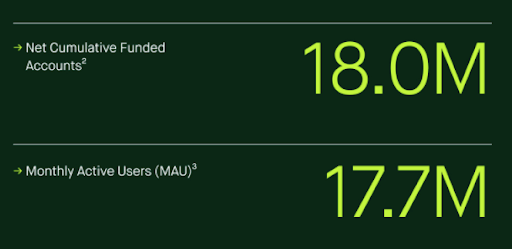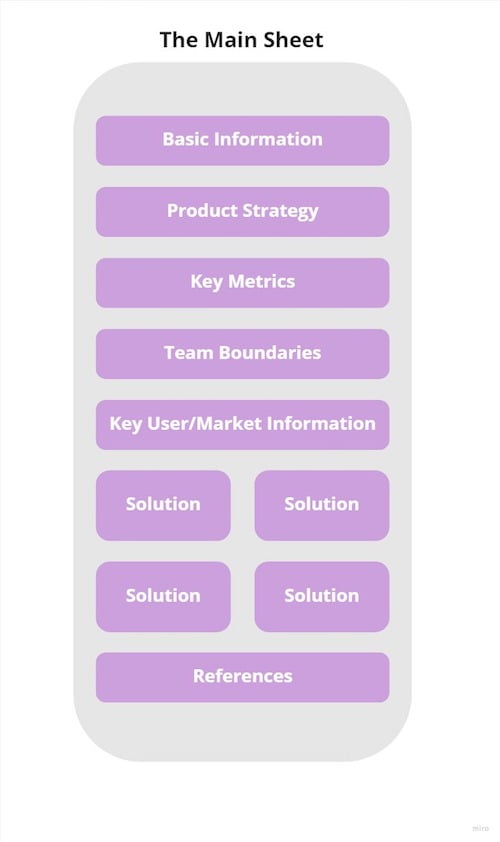
Working-Capital
Working capital is required for every organization to flourish, and one must know how to manage and bring out additional finances in the organization. Working capital is basically the money needed to run a firm on a daily basis. It is usually equal to the present holdings of your organization without the existing liabilities. You risk losing flexibility and confidence with suppliers, banking institutions, and customers if you don’t have enough operating cash.
Reducing your cash flow limits your ability to take advantage of a variety of company possibilities. Keeping enough operating cash is a difficulty for many business owners. To build working capital, you must ensure that your company receives sufficient funds for the items and services it provides. Here are a few things to keep in mind:
Also Read: Five Ways Working Capital Loans Can Work For Your Business
- Refrain from Waiting Until the End of The Month
By collecting required payments from the creditors more quickly, you can keep more cash flow in your organization. You must ensure that your clients are satisfied in order to generate sales, but you should also avoid paying the bill for an extended period of time. By paying the bills as soon as possible, you may prevent late payments. As soon as your products and services are delivered, you must prepare an invoice.
- Be Watchful of Business Expenditure And Income
Every month, you must create a budget to determine how much cash reserves you will need to conduct the business operations and costs. You must properly manage bookkeeping in order to detect any changes in working capital before they worsen and disrupt your everyday operations. You should acquire a reasonable working capital loan with low-interest rates and flexible repayment options. Make sure you solely invest when you’re certain you have enough money, and your revenue surpasses the amount you’ve set aside for essential working capital. Select just those assets that provide high liquidity, allowing for quick withdrawals of cash when needed. All these factors will ensure stability for the working capital in your business.
- Avoid Financing Fixed Assets with Working Capital
The majority of business owners utilize their working capital to pay off debts. In doing so, they exhaust all of their funds, making them a financial institution’s danger. A long-term credit permits you to relax and make asset payments at a more leisurely pace. You can recoup the interest expenses you paid on the long-term loan. This may be accomplished by obtaining rebates from company suppliers, keeping a positive cash flow, and making timely payments. These reductions could be used to partially pay off your loan amount or its interest.
Also Read: Working capital loan: for business success during the festive season
- Refinance Fixed Assets
You might want to think about refinancing existing fixed assets, such as equipment and other infrastructure, in order to generate greater working capital. This entails borrowing assets and changing them into cash as necessary. You may use the extra working capital to improve the plant structure, expand into new export markets, and integrate with different human resource plans.
- Make A Personal Investment and Seek External Advice
You may also increase your working capital by making a personal investment in the company. To figure out how much money you’ll get back on your investment, you’ll need to do a cost-benefit analysis. If the pay-outs overcome the financial tragedies in the business, this is a solid method. It’s not simple for business owners to figure out how to enhance their cash flow. As a result, businessmen might seek outside help.
- Limit Unnecessary Expenses
You must ensure to be transparent and clear about how much your expenditure is. You must examine your budget and break it down into various components. You should ensure you are not overspending in any of the areas of the business. You have to set out rules for restriction of any unnecessary expenditure. You have to examine your office and business trip expenditure if you wish to free up some extra working capital. You have to focus on your bills and maintain the functioning of your business. Small amounts of cash paid for various unnecessary expenses can be utilized for fueling your working capital.
Also Read: Merchant Capital – A Shot In The Arm To Small Businesses That Require Working Capital
- Avoid Stockpiling
You must ensure that all your items are sold. Idle inventory decreases liquidity and makes your business less agile and competitive. You have to time your supplies and items for arriving at the exact time you require them to make sure you gain maximum cash flow. You will have less working capital tied up by the quick conversion of idle inventory into cash. You will pay less additional costs by less storage space.
- Increase Sales Revenue
You have to ensure more and bigger sales revenue for increasing your working capital. You must focus on your expanded sales and exploring new business opportunities and marketing channels. You must ensure that the bases (you price on the profit margin and sales for ensuring the rates) are logical, reasonable, and feasible. Depending on your business cycle, your profits from revenues may not come at the right time to keep up with your billing. Therefore, you must make efforts to increase your sales revenue.
Also Read: Overdraft Loans Vs Term Loans: Which is better?
Summing up
You can increase your working capital by simply increasing your sales and boosting your earnings. Investing in people and services that ensure your business will earn your business enough income regularly and this boosts your earnings each year. You have to take the necessary steps after thoroughly analyzing areas like marketing, product development, or expansion. Ensuring sufficient working capital is vital for your business to explore available business opportunities and stay agile. You can seek the help of a consultant who will conduct a thorough assessment and look at major areas like sales cycle, inventory turnovers, and credit terms provided for vendors and clients. They will also identify the areas of improvement for the business and ways to earn more cash internally.






